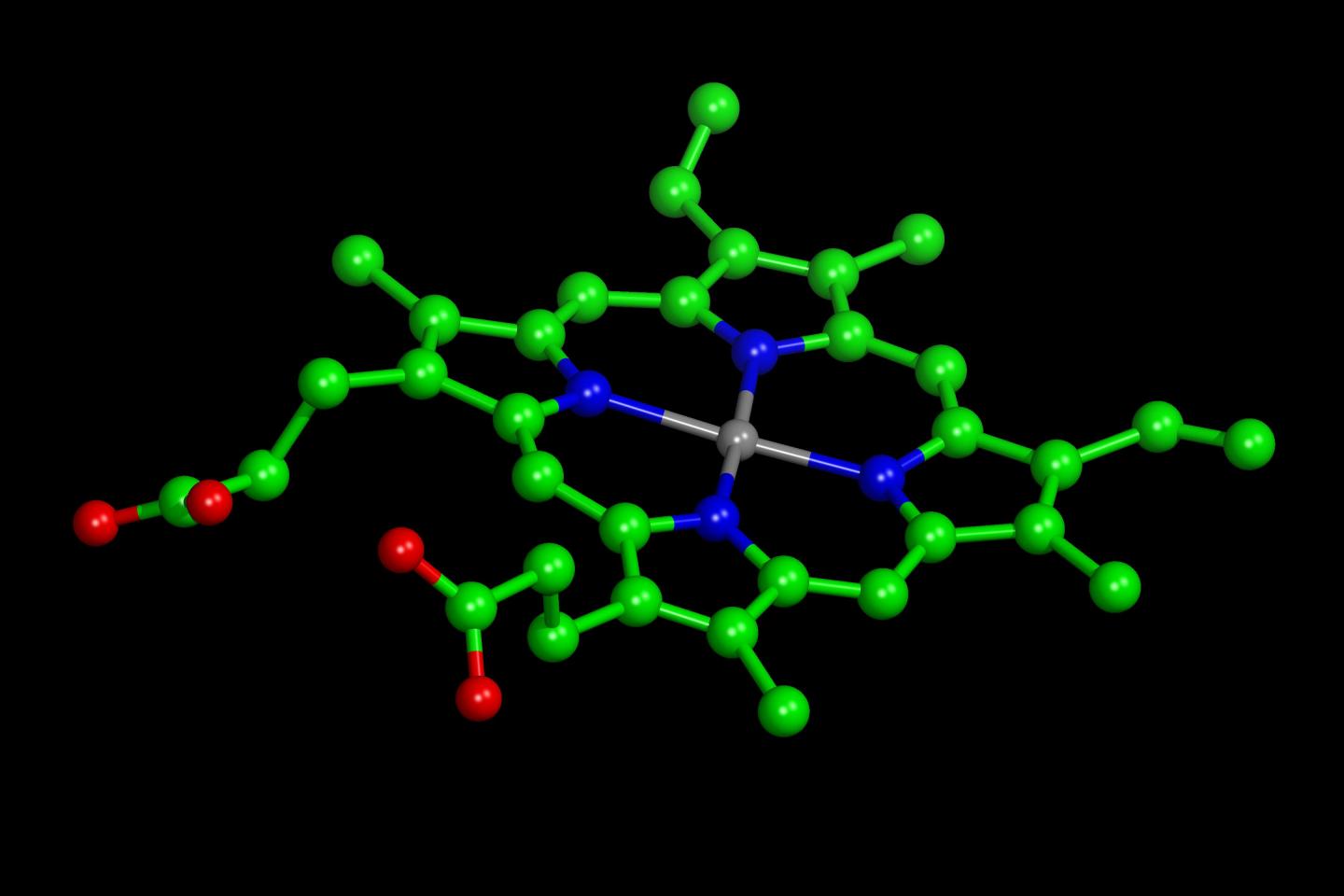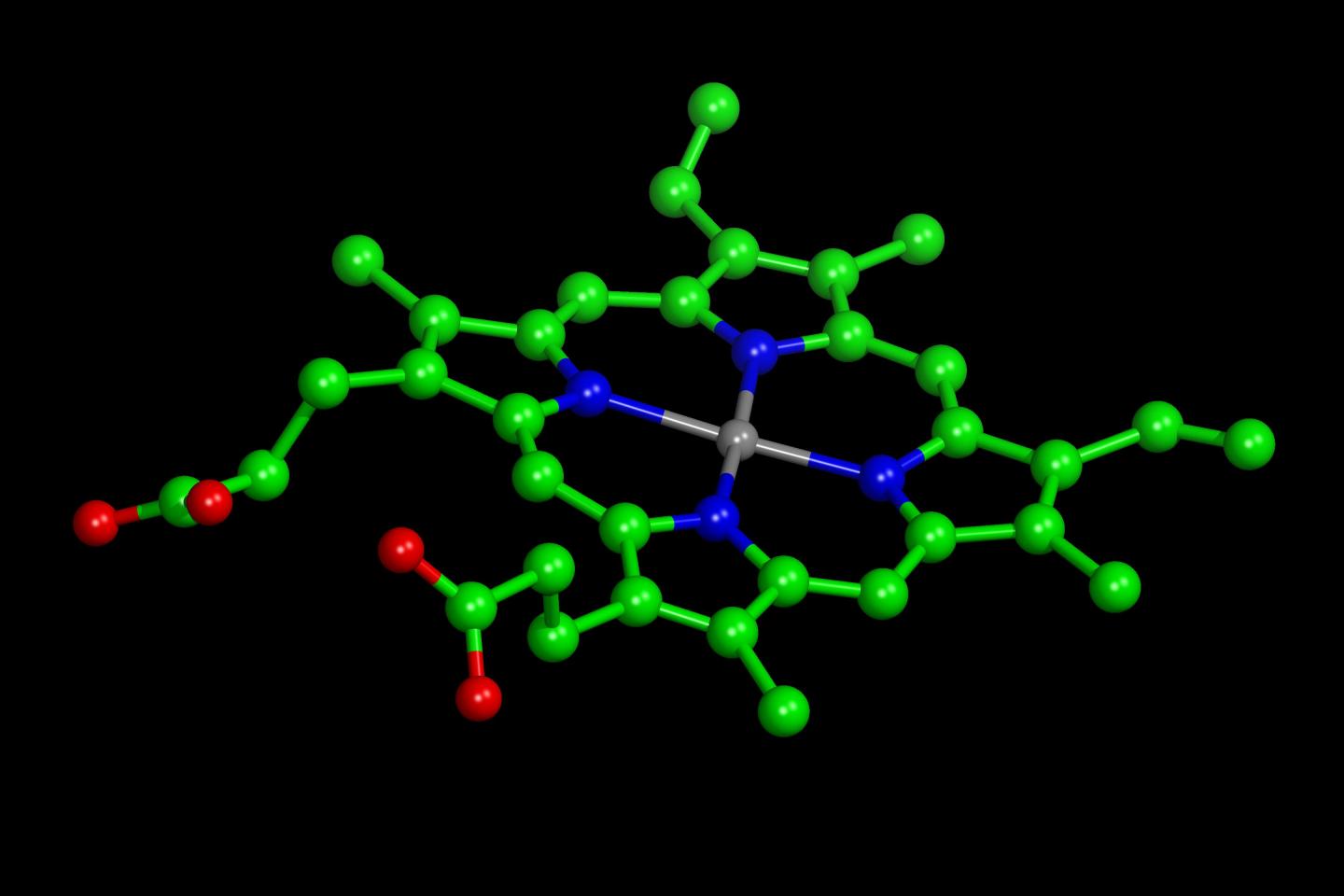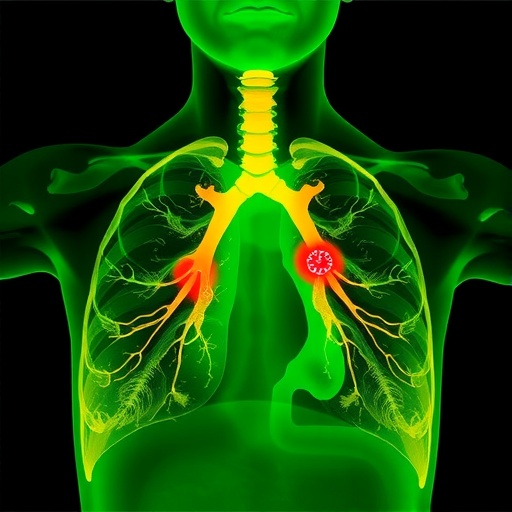
Credit: Dr Mark Shepherd, University of Kent
Research co-led by bioscientists at the University of Kent provides a molecular explanation for how the bacterium behind the super bug MRSA produces a red pigment that is crucial for its rapid growth.
In a paper published in Biochemical Journal, Kent's Dr Mark Shepherd and PhD student Charlie Hobbs, working with researchers at the University of Georgia, USA, provide new insights into the HemQ enzyme of haem synthesis, which is unique to bacteria causing infections including MRSA, tuberculosis and acne.
Since certain infectious bacteria produce haem in a different way to humans, drugs designed to target this process are less likely to be toxic to human cells. In future, targeting this pathway with new drugs will provide alternative strategies to combat bacteria that are resistant to conventional antibiotics.
###
Dr Shepherd is Lecturer in Microbial Biochemistry at Kent's School of Biosciences.
The HemQ coprohaem decarboxylase generates reactive oxygen species: implications for the evolution of classical haem biosynthesis (Dr Mark Shepherd and Charlie Hobbs, PhD student, University of Kent and Harry A Dailey, University of Georgia) is published in Biochemical Journal. See: http://www.biochemj.org/content/473/21/3997/
DOI:10.1038/srep35285
For further information or interview requests contact Sandy Fleming at the University of Kent Press Office.
Tel: 01227 823581/01634 888879
Email: [email protected]
News releases can also be found at http://www.kent.ac.uk/news
University of Kent on Twitter: http://twitter.com/UniKent
Note to editors
Established in 1965, the University of Kent – the UK's European university – now has almost 20,000 students across campuses or study centres at Canterbury, Medway, Tonbridge, Brussels, Paris, Athens and Rome.
It has been ranked: 23rd in the Guardian University Guide 2016; 23rd in the Times and Sunday Times University Guide 2016; and 22nd in the Complete University Guide 2015.
In the Times Higher Education (THE) World University Rankings 2015-16, Kent is in the top 10% of the world's leading universities for international outlook and 66th in its table of the most international universities in the world. The THE also ranked the University as 20th in its 'Table of Tables' 2016.
Kent is ranked 17th in the UK for research intensity (REF 2014). It has world-leading research in all subjects and 97% of its research is deemed by the REF to be of international quality.
In the National Student Survey 2016, Kent achieved the fourth highest score for overall student satisfaction, out of all publicly funded, multi-faculty universities.
Along with the universities of East Anglia and Essex, Kent is a member of the Eastern Arc Research Consortium (http://www.kent.ac.uk/about/partnerships/eastern-arc.html).
The University is worth £0.7 billion to the economy of the south east and supports more than 7,800 jobs in the region. Student off-campus spend contributes £293.3m and 2,532 full-time-equivalent jobs to those totals.
In 2014, Kent received its second Queen's Anniversary Prize for Higher and Further Education.
Media Contact
S. Fleming
[email protected]
44-012-278-23581
@UniKent
http://www.kent.ac.uk





